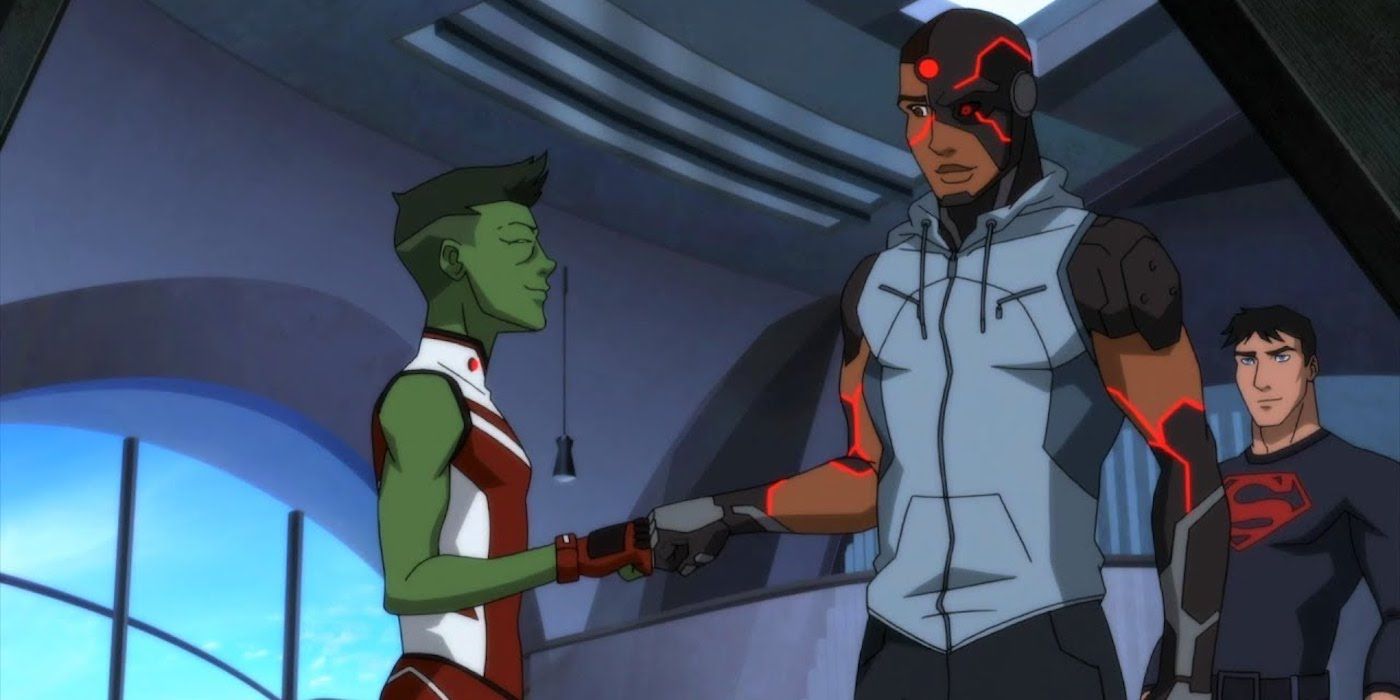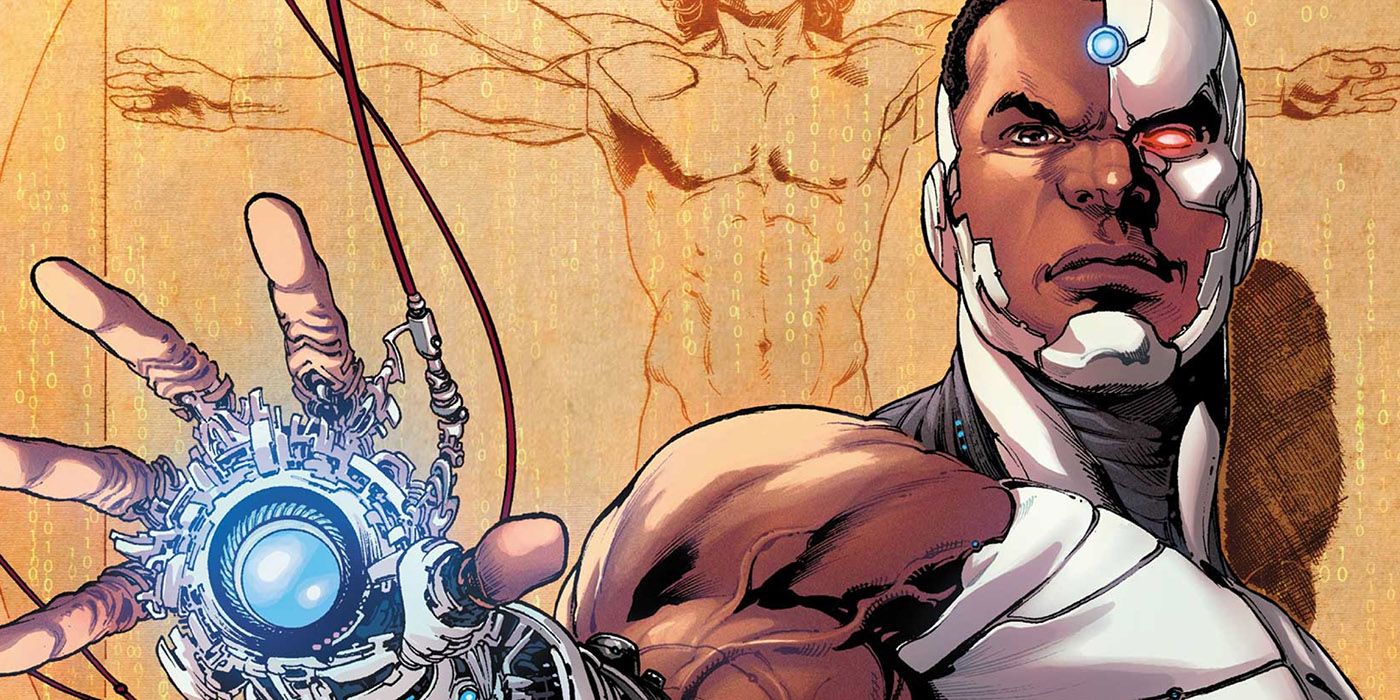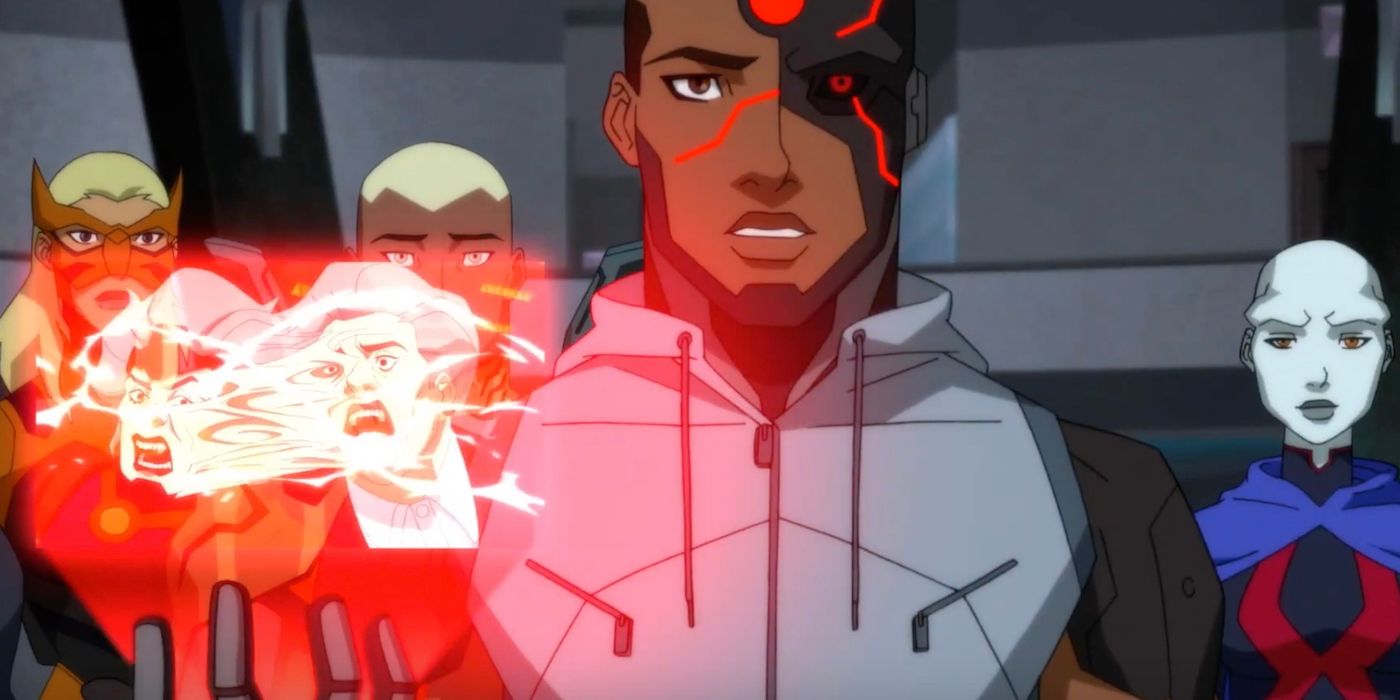Kami Garcia has made a name for herself in the world of comics for her work on Teen Titans: Raven. Her work has heralded the arrival of DC Ink, an imprint of comics that's focused on re-imagining famous and beloved DC characters for an audience of young adults who might not otherwise be accustomed to reading comics at all.
We discussed future installments of DC Ink comics with Garcia, but while she had much to say about Teen Titans: Beast Boy and the direction that project would take, she was hesitant to say more about titles beyond that. That is, other than one core thing: she believes a person of color needs to write a potential graphic novel for DC Ink starring Cyborg.
Garcia's Request
Although Garcia couldn't reveal much about the future of the DC Ink properties, she did say she won't be the one to write a Cyborg graphic novel.
"I'm not allowed to say if there is a group book, but one thing I will tell you is I'm not writing Cyborg," she said. "I feel very strongly that he should be written by a person of color. And if there weren't any amazing YA writers of color, I'd consider it, but there are many. And I submitted a list. I would be happy to collaborate with someone or have him have a guest appearance, but I want that perspective to be authentic and come from that background."
Comics, for a very long time, were primarily written by white people. Stan Lee and Jack Kirby created iconic characters like Black Panther, but only in the last couple decades have people of color written T'challa's stories. And there are numerous people of color writing works for young adults today. Very recently, especially in YA fiction, diverse fiction written by diverse writers has become a huge topic of discussion.
Some fantasy novels, such as Children of Blood and Bone by Tomi Adeyemi and An Ember in the Ashes by Sabaa Tahir, have offered authentic representations of diverse voices in genre fiction. Not only that, but the target audience received them well. What this offers teens is an opportunity to see that they too, regardless of background, can create (which, in turn, will only encourage more people to create more stories worth reading).
There is another element to this, however, that goes far beyond just offering an authentic voice for the comic. Offering a writer this opportunity in and of itself is a statement that speaks to teens who might aspire to create content of their own.
"I think it's important for kids like them to see that they are the writers," Garcia noted. "Not just a white writer can write a black character. So I feel it's very empowering, and I'm happy that DC cares about that."
Real Diversity in Comics
Garcia also referenced her push for more diverse representation on Teen Titans: Raven to further reinforce her points about the importance of diversity in comics.
"Raven was completely recolored. In the beginning, the skin tones weren't differentiated enough," she said. "It's not like there's certain characteristics that make up a certain race. So a lot of these kids are going to look white if we don't show them in a different color. So my editor decided that whenever a main character is introduced, we'd show them in a different color, so you'd know this boy is Persian or this person is Afro-Latina.... Comics are a medium for a lot of kids who are not giant readers, who are finding their way into falling in love with reading and books. When you read about a school or whatever, you should be able to see someone like you in there.... There should be people of all these different races and ethnicities and sexual orientations."
One interesting topic that came up was the concept of default white -- the idea that audiences will assume a character is white if given no explicit information otherwise. It came up in the context of a little anecdote Garcia told about Gabriel Picolo, the artist on Teen Titans: Raven, and it captures the mindset that goes into ensuring we have diverse casts in comics.
"I had to explain to Gabriel what default white is, because he's Brazilian. They don't have that," she said. "He was like, 'What do you mean.' And I was like, 'He looks white.' And he'd be, 'But they're not white.' And I was like, 'I know, but people are going to think he's white.' And he's like 'Why?' and I'd say, 'In America it's a thing.' And now he's so sensitive to it. But we have to make sure of that -- and sometimes we'd mention their ethnicity....We have to remind them all the time that people are not white."



